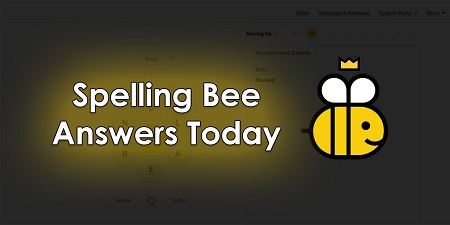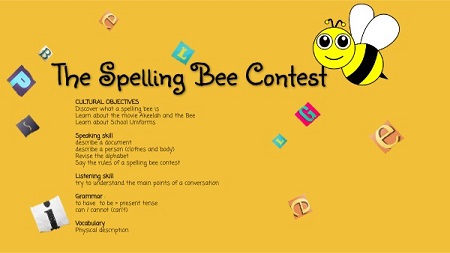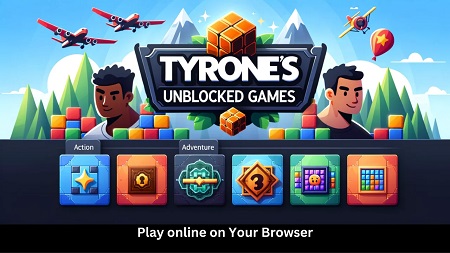
Introduction to Spelling Bee NYT Answers
The New York Times Spelling Bee has captivated word enthusiasts since its launch. Each day, players puzzle over a set of seven letters to create as many words as possible, with a minimum requirement for word length and the inclusion of a mandatory central letter. This article will guide you through effective strategies, tips, and resources for mastering the Spelling Bee, including some frequently asked questions.
Understanding the Basics of Spelling Bee
The Spelling Bee game consists of the following components:
- Seven Letters: Players must use these letters to form words.
- Central Letter: One letter must be included in every word formed.
- Word Length: Words must be at least four letters long.
- Valid Words: The game accepts standard English words, so check the dictionary for any uncertainties.
Also Read: Best Spelling Bee Resources: Your Ultimate Guide to Success
Tips for Success in the Spelling Bee NYT Answers
1. Familiarize Yourself with Common Words
Understanding common prefixes, suffixes, and root words can significantly boost your word formation skills. Words like “un-“, “re-“, and “-ing” are often useful.
2. Utilize Word Lists
Create or reference word lists that categorize words by length or letter combinations. This practice can help you visualize potential word formations more clearly.
3. Practice Daily
Regular practice is key to improving your Spelling Bee performance. Set aside time each day to play, even if just for a few minutes.
4. Engage with Online Tools
Use online tools and anagrams solvers to generate word options from the letters provided. While this can’t replace your own problem-solving skills, it can help when you’re feeling stuck.
5. Play with Friends
Playing with friends can introduce new perspectives on word formation. Share strategies and learn from each other’s approaches.
Also Read: Famous Spelling Bee Winners: Inspiring Stories of Success
Daily Answers and Strategy
While some players may look for daily answers, the true enjoyment comes from the challenge itself. However, if you ever find yourself stuck, many online forums and communities can provide assistance. Remember, though, that it’s crucial to respect the spirit of the game.
Example of Answers from a Recent Puzzle
To illustrate how answers can vary, let’s say a recent puzzle featured the letters: A, E, R, T, H, S, and the central letter was “E”. Here are some words you could potentially form:
- Hearth
- Earth
- Hear
- Rate
- Share
- Star
These examples highlight how a combination of strategy and vocabulary knowledge can yield numerous word options.
Also Read: How to Win a Spelling Bee: Essential Tips and Strategies
Frequently Asked Questions
1. What is the scoring system for the NYT Spelling Bee?
Players score points based on word length: 1 point for four-letter words, 2 points for five-letter words, 3 points for six-letter words, and 7 points for the pangram (the longest possible word using all letters).
2. Is there a time limit to complete the Spelling Bee?
No, there is no time limit to complete the Spelling Bee. Players can take as long as they need to find words, but the challenge is to improve your speed over time.
3. Can I use plural forms of words?
Yes, plural forms are accepted as long as they adhere to the game’s rules regarding word length and the inclusion of the central letter.
4. Are there any strategies for finding the pangram?
Finding the pangram can often be the key to maximizing your score. Look for combinations that utilize all letters and include the central letter. Words with less common prefixes or suffixes can often lead to the pangram.
5. How often does the NYT Spelling Bee update?
The Spelling Bee puzzle is updated daily, providing fresh challenges for players every day of the week.
Related Article: Mastering the Spelling Bee: How a Spelling Bee Solver Can Elevate Your Game
Conclusion
The New York Times Spelling Bee is more than just a game; it’s a fun way to challenge your vocabulary and cognitive skills. With practice and strategic thinking, you can improve your scores and enjoy the process even more. Remember, the joy of the game lies in the challenge and the words you discover along the way!



